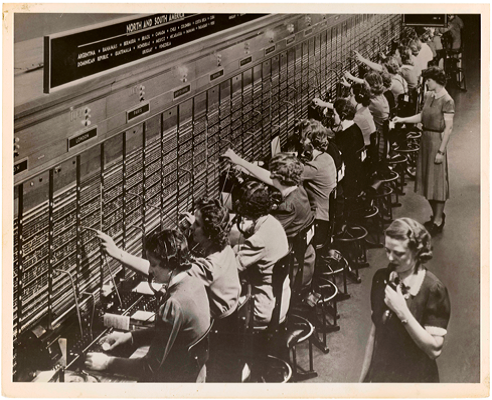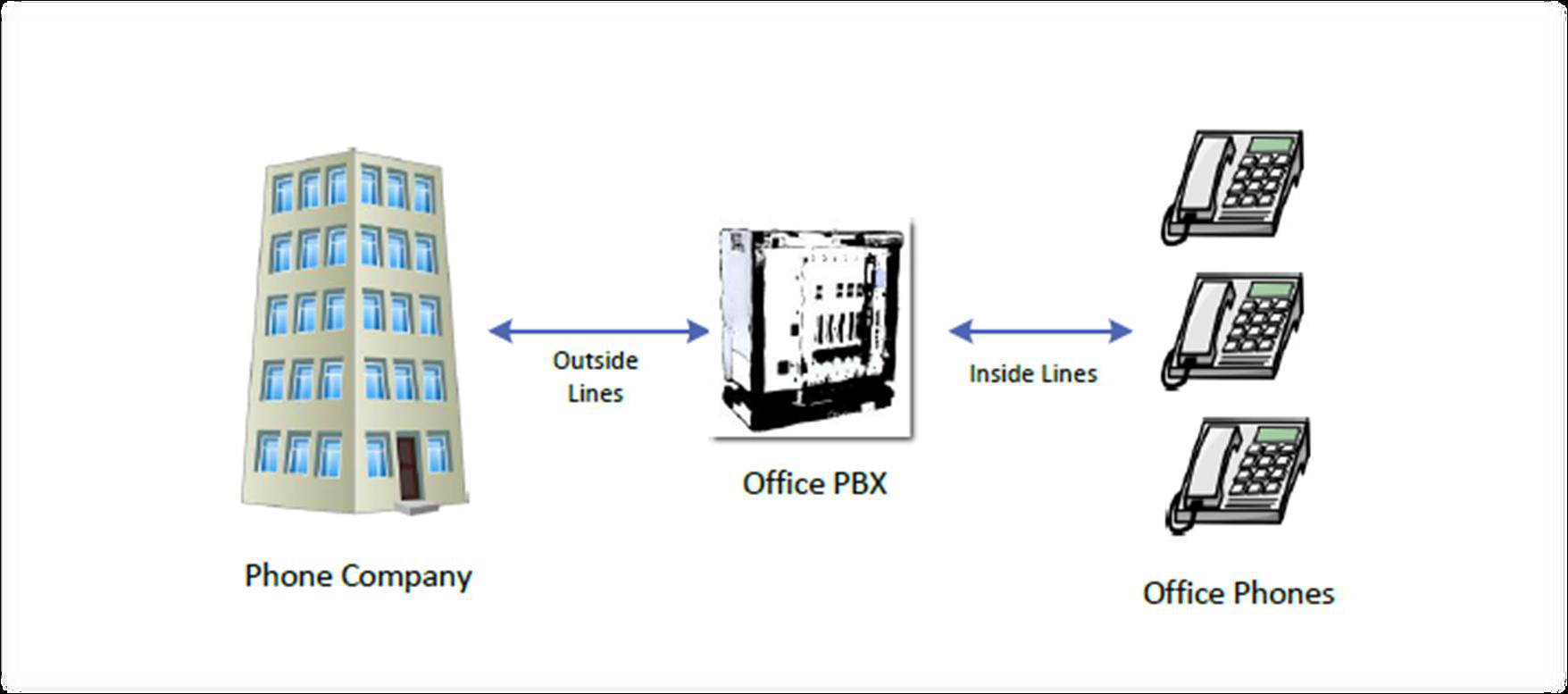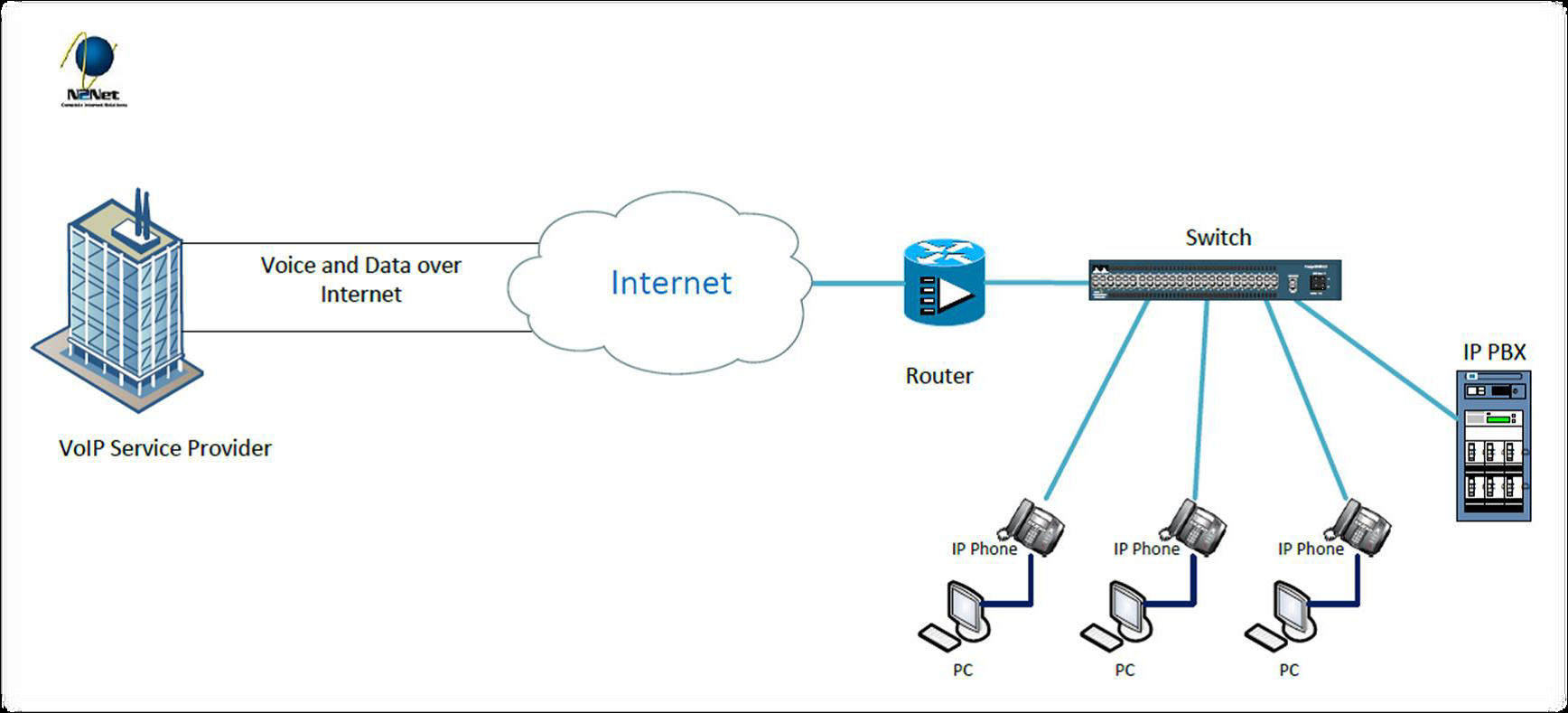
What is VoIP and why does it matter for your business?
If the extent of your office telecommunications knowledge revolves around: a.) picking up your office telephone when it rings or, b.) picking up your phone, dialing a number (maybe an extension), hearing the ring and waiting for someone to pick up —you’re not alone but you might be missing out on a HUGE opportunity to move your business forward. Too many people hold to the beliefs “if it’s not broken, don’t fix it” and “it’s worked this long: why would I change it?”. We don’t believe in those philosophies at N2Net. We’re not satisfied with the status quo, so, we’re perfecting telecommunications solutions for the future. In that interest, we’re here to answer the questions: ‘What is VoIP?’ and ‘How does VoIP work?’
What if I told you reading a few paragraphs and learning one key aspect of your phone system or PBX (private branch exchange) could save you money and make your business more efficient? It’s not too good to be true.
Traditional PBX vs. the VoIP System
A traditional PBX systems basically takes the external telephone lines you purchase from the telephone company (let’s say, for example, you have 5 external lines from the phone company) and handles all the features you enjoy. For example, with your 5 outside lines from the phone company— having a PBX system allows you to utilize and network 10 or 15 extensions in your office which take turns making external calls through the traditional PBX. Think of it like the diagram below.

Make a long story short; here are the most common ways in which a traditional PBX could be failing you. Number one, the number of “concurrent calls”, or calls that can be in progress simultaneously, is limited to the number of outside/external lines you’ve purchased from the phone company. What’s worse — in our example — if 5 people in the office are on the phone and an important call comes in, busy signal. Number two, using a traditional PBX becomes more expensive as your company grows. Think about it, not only do the number of external lines and more telephone numbers increase but so does the cost of usage plans and other extra charges like toll-free calling. Then, there’s the cost to reprogram the traditional PBX each time you move, add, or change service. Lastly, each Traditional PBX system is only compatible with the same brand office phone (i.e. traditional Toshiba PBX + Avaya office phones = no dice).
How Does VoIP Work and What Makes it Different
The inconveniences you experience with traditional PBX may seem small until you consider that a VoIP (Voice over Internet Protocol, Voice over IP, or V-O-I-P) “system” not only answers these challenges, again, it saves you money. So, what is VoIP and what makes it different?
Essentially, a VoIP system is IP PBX software that is (typically) installed on a server. This allows you to use the existing data network & replace traditional phones with IP phones so ‘how voip works’ diagram looks like this:

Rearranging this diagram saves you money for two reasons. First, you’re able to use the internet to transmit all of your calls. Second, it allows you to consolidate your voice and data over the same network. (Oh, and this is not to mention the additional features not typically found on a traditional PBX system like voice to email delivery service, maps and the find me/ follow me feature to see who’s busy and who’s available.)
We hope we sparked your interest in thinking about the future of your telecommunication needs. For a deeper look at how VoIP works, benefits, and specific features feel free to download our VoIP 101 E-book here or by clicking the ‘Get Started Now’ button below. We would also love for you to explore our website or give us a call to find out if we can give you the advantage every business needs in the rapidly evolving IT world!

